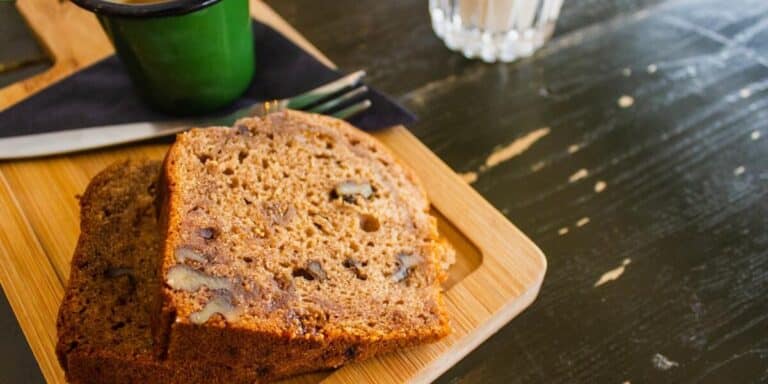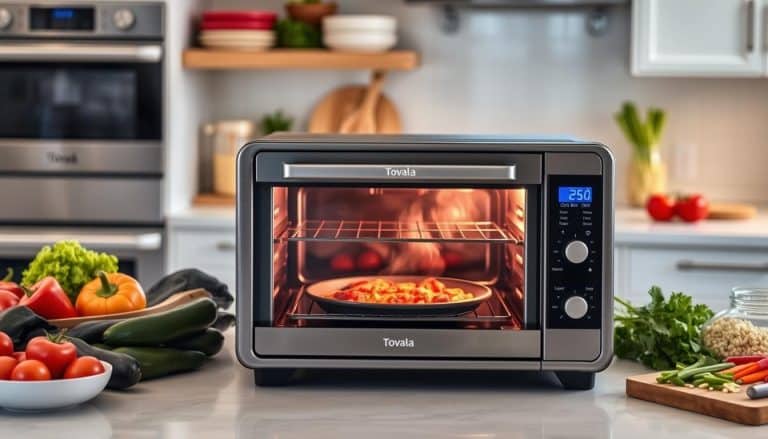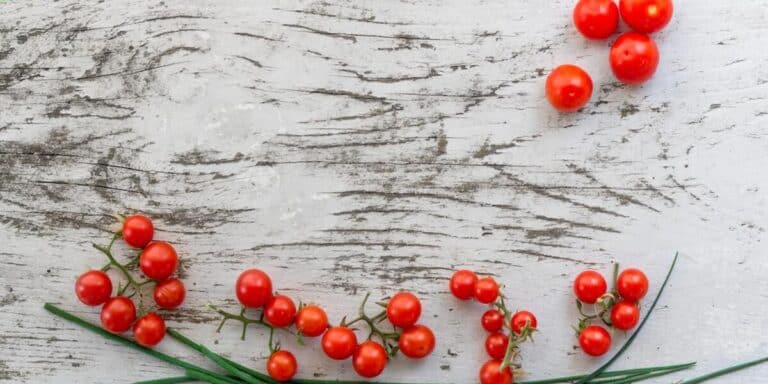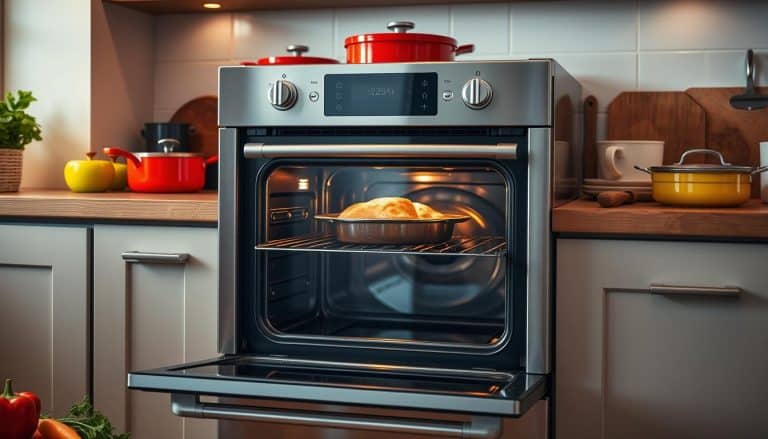How to Line a Baking Sheet
You’re about to bake something, and it’s time to prep your baking sheet. You know lining it is a must to prevent sticking and make cleanup easier, but you’re not sure where to start. You’ll need to choose the right lining material, and that depends on what you’re baking and the temperature you’ll be using. For now, let’s just say parchment paper, silicone mats, and aluminum foil are popular options. The next step is vital, and it’s where many people go wrong – measuring the baking sheet. Get this part wrong, and your baked goods may suffer the consequences.
Key Takeaways
• Choose a baking sheet made of durable materials, such as stainless steel or aluminum, to withstand high temperatures.
• Select a lining material that suits the recipe and temperature, such as parchment paper, silicone mats, or aluminum foil.
• Measure the baking sheet to cut the lining material precisely, ensuring a smooth and even fit.
• Place the lining material on the baking sheet, centering it with even overhang on all sides and smoothing out wrinkles.
• Secure the lining material using methods like weighing down, tucking in, or clipping to prevent damage and ensure even baking.
Choose the Right Baking Sheet
When you’re lining a baking sheet, you’ll typically want to start by selecting one that’s sturdy, warp-resistant, and suitable for the type of baking you’re doing. This will guarantee your baked goods turn out evenly cooked and prevent the sheet from buckling under the heat.
You’ll want to choose a baking sheet that’s made from a durable material, such as stainless steel or aluminum, which can withstand high temperatures. If you’re planning to make delicate items, like macarons or meringues, look for a sheet with a smooth finish to prevent sticking. For heartier items, like roasted vegetables or breads, a textured finish can help with airflow and even browning.
Consider the size of the baking sheet, too. A quarter-sheet pan (about 9×13 inches) is great for small batches, while a half-sheet pan (about 18×13 inches) is perfect for bigger batches. Make sure the sheet fits comfortably in your oven and allows for even air circulation around your baked goods. Finally, if you plan on using your baking sheet frequently, choose one with a non-stick coating or a reinforced rim to make cleanup easier and prevent warping over time.
Select a Lining Material
Now that you’ve chosen the right baking sheet, you’ll need to select a lining material that complements your baking needs, such as parchment paper, a silicone mat, or aluminum foil, to guarantee your baked goods release easily and cleanup is a breeze.
You’ll want to take into account a few factors when choosing a lining material. If you’re baking delicate items, such as cookies or macarons, parchment paper is a great option. It’s non-stick, easy to clean, and won’t impart any flavors to your baked goods. On the other hand, if you’re baking messy or sticky items, such as bread or roasted vegetables, a silicone mat is a better choice. It’s more durable than parchment paper and can withstand high temperatures.
Aluminum foil is another option, but it’s not as popular as parchment paper or silicone mats. It can react with acidic ingredients, such as tomatoes or citrus, and can impart a metallic flavor to your baked goods. However, it’s still a good option if you’re baking simple items, such as roasted potatoes or broccoli.
Ultimately, the choice of lining material depends on your personal preference and baking needs. You may find that you prefer one material over another, or that you need to use a combination of materials for different recipes.
Measure the Baking Sheet
To guarantee a proper fit, you’ll need to measure your baking sheet to determine the correct size of lining material to use. This step might seem obvious, but it’s essential in making certain that your lining material doesn’t bunch up or wrinkle during baking. Take out your trusty measuring tape or ruler and get started!
When measuring your baking sheet, make sure to note down the length, width, and any special features, such as a lip or a curve. You can use these measurements to choose the right size of lining material.
- Length and width: Measure the baking sheet from edge to edge, making sure to include any lips or handles.
- Depth: If your baking sheet has a lip or a curve, measure its depth to make certain that the lining material can accommodate it.
- Shape: Note any unusual shapes or features, such as a circular or oval shape.
- Special features: If your baking sheet has any special features, such as a non-stick coating or a removable insert, take note of these as well.
Once you have your measurements, you can use them to select the right size of lining material. Remember to double-check your measurements to make certain of accuracy. By taking the time to measure your baking sheet carefully, you’ll be able to achieve a smooth, even fit with your lining material.
Cut the Lining Material
Measurements in hand, you can begin cutting the lining material to fit your baking sheet perfectly. Take your sheet of parchment paper or silicone mat and place it on a flat surface. Locate the markings or measurements you’ve noted down, guaranteeing that they’re clearly visible as you work. Carefully double-check your figures one more time before getting the cutting tool out; if it’s wrong at this point there’ll likely have wasted that material and time due more than just measuring correctly.
Since the tools being discussed might vary – you should proceed with sharp blades in this instance as per suggested earlier while laying said chosen liners upon larger clean board make clear precise match. That guarantees less wasteful approaches than hacking out costly poorly fitted sheets only barely large enough to use later wishing you hadn’t bemoaned said loss preparing so neatly before you may feel frustration having lost an ample layer to hold so rich those desired flavors cooking perfectly throughout.
It seems beneficial being precise instead suggesting many cover cuts liner without concern because they won ample additional cut liner once to twice awaiting expected cooking finish baking cleanup times thereby giving their following users enough sure confidence preparing cooking lining after gaining the precision takes in cut steps for clean and confident.
Place the Lining Material
With your lining material cut to size, you’ll position it carefully on the baking sheet, aligning the edges precisely to guarantee a snug, even fit. This step is vital to prevent the lining from bunching up or wrinkling during use. Take a moment to smooth out any wrinkles or air pockets that might have formed during placement. You want the surface to be as flat and even as possible.
When placing the lining material, here are some key considerations to keep in mind:
- Center the lining: Verify the lining material is centered on the baking sheet, with even overhang on all sides.
- Watch for curling edges: If using parchment paper, be aware that it can curl up at the edges. Gently smooth these out to prevent them from getting in the way.
- Don’t stretch or pull: Refrain from stretching or pulling the lining material too tightly, as this can cause it to tear or become misshapen.
- Smooth out wrinkles: Use your hands or a flat tool (like a spatula) to smooth out any wrinkles that appear during placement.
Secure the Lining Material
Now that you’ve placed the lining material on your baking sheet, you’ll want to secure it to prevent it from shifting or bunching up during use. To do this effectively, you’ll need to think about the type of lining material you’re using, as different options have different securing requirements. By taking the time to properly secure your lining material, you’ll also be protecting your baking sheet from scratches and damage.
Lining Material Options
Typically, you’ll need to secure the lining material to the baking sheet to prevent it from shifting or wrinkling while in use. But before you do, let’s explore your options for lining materials. You’ve got a few choices, each with its own benefits.
Here are four common lining material options:
- Parchment paper: A popular choice for baking, parchment paper is non-stick and easy to clean up.
- Aluminum foil: A good option for high-heat cooking, aluminum foil can withstand extreme temperatures.
- Silicone mats: Reusable and easy to clean, silicone mats are a great choice for delicate baked goods.
- Wax paper: A budget-friendly option, wax paper is great for low-heat cooking and storing food.
When choosing a lining material, consider the type of recipe you’re making and the temperature you’ll be using. You want a material that can withstand the heat and won’t react with your food. Once you’ve selected your lining material, you can move on to securing it to the baking sheet.
Preventing Sheet Damage
To prevent your baking sheet from getting damaged, you’ll need to secure the lining material in place. This is especially important when using a delicate lining material like parchment paper or aluminum foil. If not secured properly, the lining material can shift or crease during baking, causing stress on the baking sheet.
Here are some methods to secure the lining material:
| Method | Description |
|---|---|
| Weigh it down | Place baking weights or heavy objects on the lining material to hold it in place. |
| Tuck it in | Tuck the edges of the lining material under the baking sheet to prevent them from curling up. |
| Use adhesive | Apply a small amount of water or cooking spray to the baking sheet before placing the lining material, helping it stick in place. |
| Use clips | Use binder clips or sheet pan clips to hold the lining material to the baking sheet, especially for large or bulk baking. |
Frequently Asked Questions
Can I Reuse a Baking Sheet Liner Multiple Times?
You’re in a bit of a ‘sticky situation’! Unfortunately, you can’t reuse a baking sheet liner multiple times. Most liners are designed for single-use to prevent cross-contamination and guarantee even baking performance; reusing them may lead to poor results.
How Do I Clean a Baking Sheet With a Liner?
You’ll want to toss the liner and wash the baking sheet with soap and warm water. Don’t scrub too hard, as you don’t want to scratch the surface. Rinse and dry thoroughly to prevent water spots.
Can I Line a Baking Sheet While It’s Still Warm?
"When the heat is off, but the warmth remains, don’t be in a rush! You can line a baking sheet while it’s still warm, but make sure it’s not scorching hot, or the liner might just melt in your hands."
Are All Baking Sheet Liners Non-Stick and Heat Resistant?
You’re wondering if all baking sheet liners are non-stick and heat resistant. Not necessarily; some liners may be designed for specific uses, like parchment paper for delicate foods or silicone mats for high-heat cooking.
Can I Use a Baking Sheet Liner in a Convection Oven?
You can use a baking sheet liner in a convection oven, but you’ll want to check the liner’s packaging for specific convection oven instructions, as some liners may have temperature or cooking time limitations.






